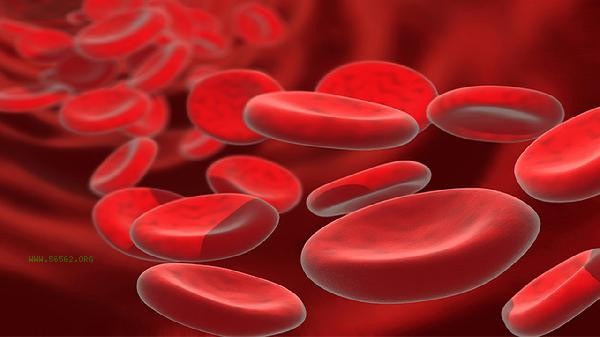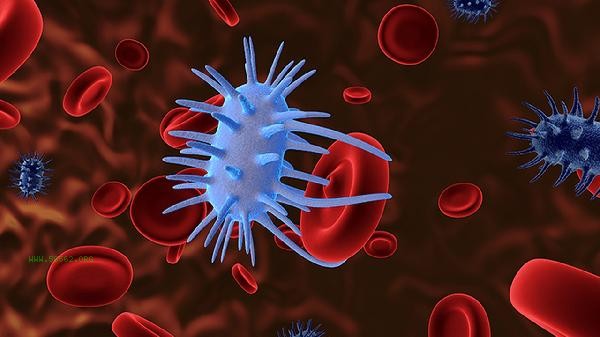Low hemoglobin concentration in red blood cells may be caused by iron deficiency anemia, megaloblastic anemia, chronic inflammation, bone marrow hematopoietic dysfunction, hemolytic anemia, and other reasons. It can be improved by supplementing iron, adjusting diet, and treating the underlying disease.

1. Iron deficiency anemia
Iron deficiency anemia is a common cause of low hemoglobin concentration in red blood cells, which may be related to insufficient iron intake, absorption disorders, or chronic blood loss. It usually manifests as symptoms such as fatigue, dizziness, and pale complexion. Treatment requires supplementing iron supplements such as ferrous succinate tablets and polysaccharide iron complex capsules, while increasing intake of iron rich foods such as red meat and animal liver. Patients with long-term excessive menstruation or gastrointestinal bleeding need to be screened for the underlying disease.
2. Megaloblastic anemia
Folic acid or vitamin B12 deficiency can lead to megaloblastic anemia, which is common in long-term vegetarians or individuals with gastrointestinal malabsorption, and may be accompanied by symptoms such as glossitis and limb numbness. Treatment requires oral folic acid tablets or injection of vitamin B12 injection, combined with intake of green leafy vegetables, eggs, milk, and other foods. Malignant anemia caused by autoimmune gastritis requires lifelong supplementation of vitamin B12.
3. Chronic inflammation
Rheumatoid arthritis, tuberculosis and other chronic inflammatory diseases can inhibit the hematopoietic function of bone marrow, resulting in anemia of chronic diseases, which is characterized by a slight decrease in hemoglobin concentration and a decrease in serum iron. It is necessary to control the original inflammation, such as using methotrexate tablets to treat rheumatoid arthritis. After inflammation control, hemoglobin can recover on its own, and in severe cases, erythropoietin injection can be used for a short period of time.

4. Bone marrow hematopoietic dysfunction
Diseases such as aplastic anemia and myelodysplastic syndrome can directly damage hematopoietic stem cells, leading to a decrease in whole blood cells, which may be accompanied by infection and bleeding tendencies. Diagnosis needs to be confirmed through bone marrow puncture, and treatment includes cyclosporine soft capsule immunosuppressive therapy or allogeneic hematopoietic stem cell transplantation. Exposure to benzene based chemicals or radiation is a common cause.
5. Hemolytic anemia
Hereditary spherocytosis, autoimmune hemolysis and other diseases accelerate the destruction of red blood cells, manifested as a decrease in hemoglobin accompanied by jaundice and splenomegaly. Patients with glucose-6-phosphate dehydrogenase deficiency should avoid consuming fava beans. Autoimmune hemolysis can be treated with acetate prednisolone tablets, and in severe cases, splenectomy may be necessary.

It is necessary to maintain a balanced diet in daily life, increase the intake of iron and folate rich foods such as lean meat, animal blood products, and dark vegetables in moderation, and avoid strong tea and coffee that affect iron absorption. When the long-term hemoglobin level is below 90g/L or accompanied by symptoms such as palpitations and shortness of breath, it is necessary to seek timely medical attention from a hematology department and complete examinations such as iron metabolism and bone marrow puncture to clarify the cause. Pregnant women and adolescents during their growth and development period should undergo regular blood routine tests to prevent the occurrence of nutritional anemia.








Comments (0)
Leave a Comment
No comments yet
Be the first to share your thoughts!